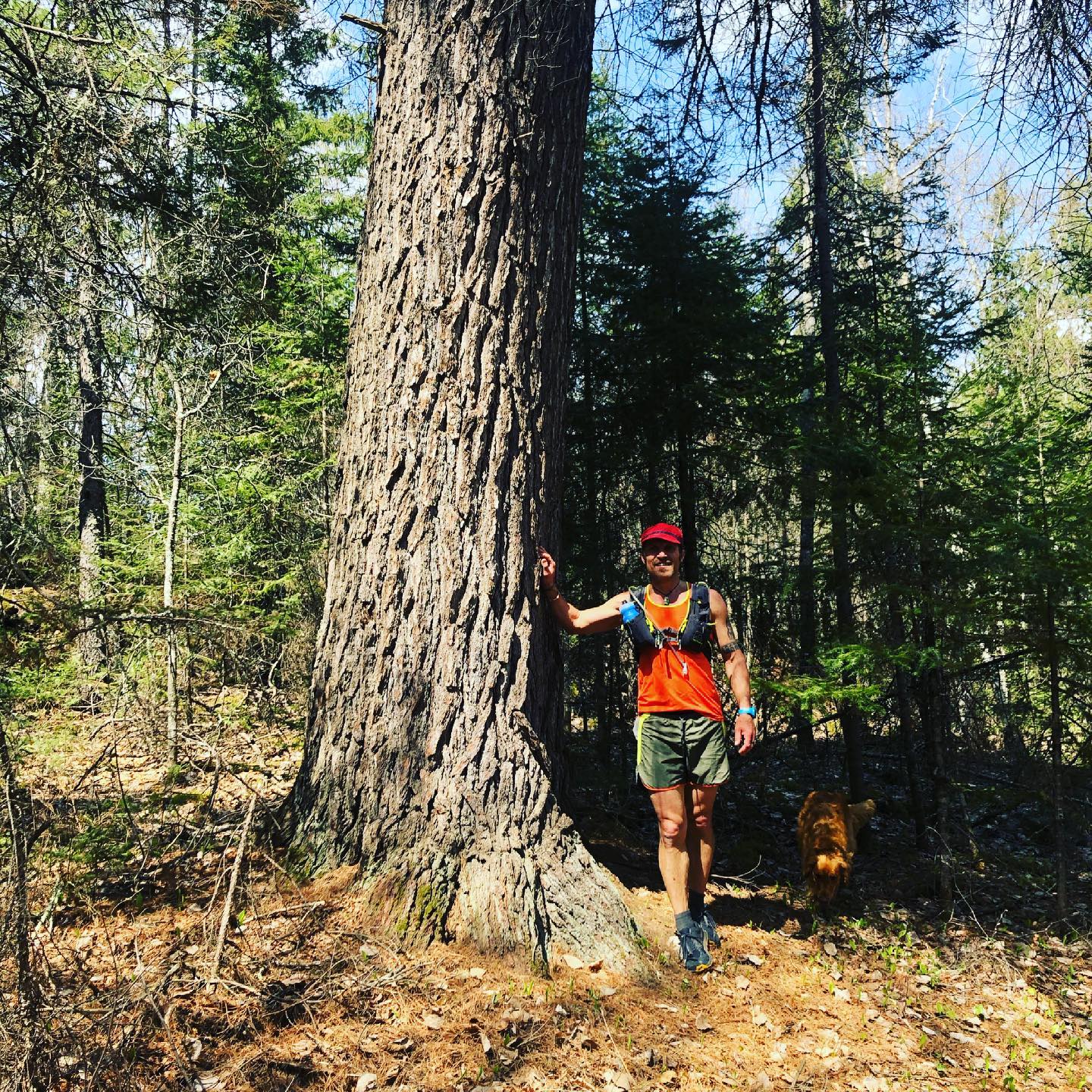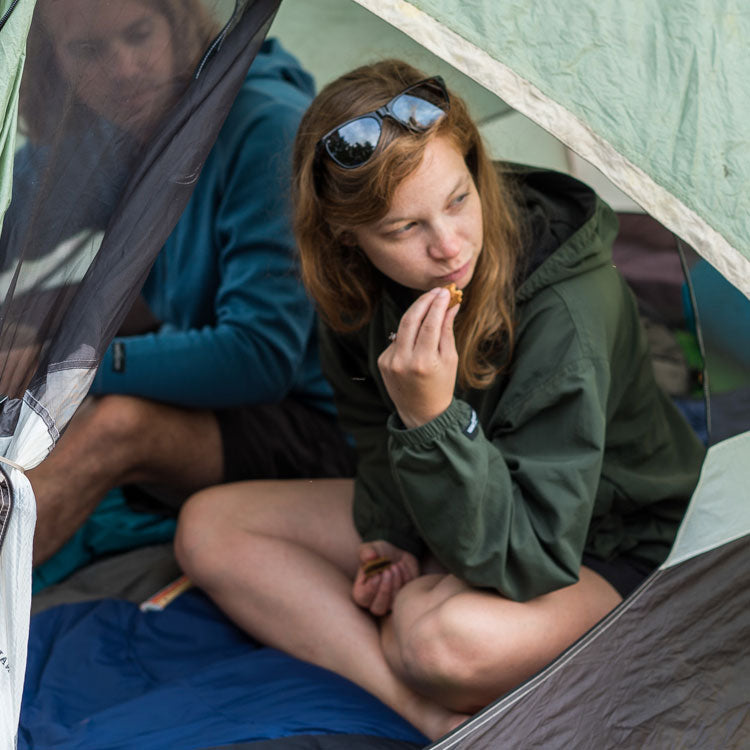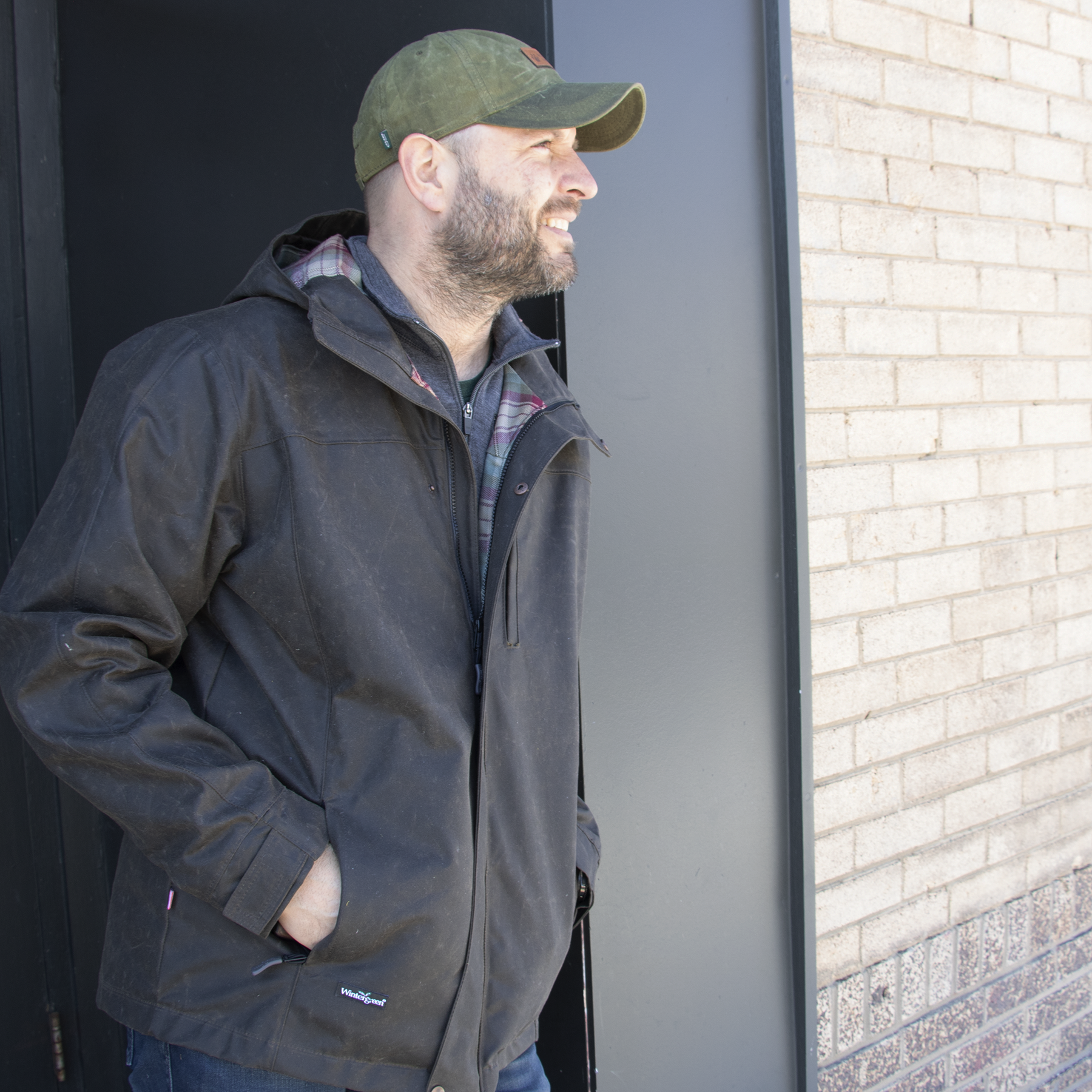Trail running is an outdoor recreational sport that everyone can enjoy! From beginners to advanced trail racers, trail running will take you to new places and open the door to new challenges at each level.
I started trail running about 15 years ago in the mountains of Alaska. The trails there were very steep, but mostly shorter in distance. My friends and I would joke that we could get from sea to sky in about 3-4 miles. At my speed, you could debate calling this running at all, as I was pretty much speed hiking and climbing. But that’s part of the draw - You don’t have to run the whole trail. Elite trail runners can run almost any grade, but the rest of us choose our speed and terrain. Just do what sounds fun to you!
Here in the Midwest, trail running events have grown in popularity in recent years. Lots of organized and safe events occur most weekends. Some events are dreamily smooth with fun rolling terrain, while others are cruelly steep and unforgiving. Some are distances that let you cross the finish line in a few hours; while others require running all night to complete. Or, you may choose to run on trails forever and never compete in a formal event, and that’s awesome. Whether you want to run a few miles or train for an ultra-distance (any race longer than a traditional marathon, 26.2 miles), just tie up your laces and get started!

The right gear means a good trail day. Here, Carl's wearing our Wintergreen Climber Top.
Getting Trail Ready
First things first - Get some good trail shoes. Good shoes help keep you out of trouble and safely attached to earth. Trail shoes differ from road shoes with better traction and support to help you maneuver the terrain features and surfaces. Start exploring options by researching and reading reviews online or visiting your local running store. As with any sport, the sky is the limit with gear and accessories!
Quality socks are next for important gear. They’ll fit better in the shoe and the moisture wicking technology will help prevent hot spots and blisters. Invest in good shoes and socks and get new ones when they wear out. This is one of the most common mistakes I see. Good footwear will prevent injury.
Quality clothing will prevent chafing and a brimmed hat will help keep you shaded. Wintergreen’s Climber Top is my go-to for breathability and warmth in cooler weather. The Crunch Cap is also great for sun protection. Depending on the weather, I might also wear Canoe Shorts to stay cool.
Trail running generally occurs in wooded environments so you may choose to wear glasses to prevent a bad stick-in-eye day. Don’t forget - you’ll need some way of carrying water and energy items (food calories). Hand bottles, hip belts, or hydration packs are all great options. I run with any combination of these depending on run lengths and distance between aid. Hand bottles and hip bottles carry from 16-24 ounces of fluid and hydration packs carry up to 70 ounces or 2 liters. Let’s save the contents of these vessels for the fuel discussion.

The scenery is amazing on our local trails!
Hitting the Trail At Any Level
If you’re new to trail running, slow and steady is key. Ideally, though not essential, you find a friend with some trail experience. Short of that, find a gravel road or a ski trail. Don’t start with the rockiest, root-filled, roughest terrain trail. Keep it smooth and rolling. Living in Ely Minnesota, I always suggest the Hidden Valley cross country ski trails. They’re wide and grass covered, and if you Nordic ski, you’ll know the trails. However, any two-track logging or farm road works awesome as well. Start with 2-5 miles. Walk the hills as much as you need. Here comes the fun and best part of trail running: If you love running grassy wide ski trails of any distance, you’re a trail runner. You can do this forever and you’ll always be a trail runner! If you want the next level, then start running longer, steeper, or narrower trails or a mix of all of it.
I’d be remiss if I didn’t mention safety. At all levels of trail running, keep safety at the forefront of your mind. Start close to home and let a family member or friend know your running plans. This will be even more important if you run remotely for long distances. You can even leave a note at your vehicle or text someone. Some trails won’t have good cell coverage, so make sure to do this before you get on the trail.
For middle level trail running around Ely, consider the Bass and Dry Lakes, Secret/Blackstone, North Arm of Burntside, or Bear Head State Park Trails. These options provide a more intimate single-track experience with varied terrain. You’ll need to negotiate roots and rocks; so, take your time. A big difference between road running and trail running is just this - you need to look down closer to your foot strike location instead of up the road. Most of your running time will be spent visually scanning the trail about 10 feet in front of you instead of 2 to 3 times that you would do on a road. Distances at the mid-level could be from 5-10 miles or more, but that’s totally up to you. You’ll want to carry the water or energy drink we talked about at this level and probably some snacks.
The third level of trail running takes you further off the road. This could be point to point runs or even wilderness runs. Think of the Superior Hiking Trail, Snowbank, Angleworm, the Kekekabic, or even the Powwow Trail in the Ely area. The game is on if you’re running these routes. Bring a partner and be self-sufficient if Plan A turns into Plan B. Your experience level, conditioning, and the gear you have on your person if an emergency would occur needs to be elevated to enjoy these trails safely.

Good fuel is just as important as good gear.
Fuel For Success!
Your body is the machine propelling you into trail runner’s bliss and fueling is very important. Hydration is the first priority. Go into every run hydrated and try to stay that way. For longer distances or events, start hydrating the day before. Trail runs over a couple miles distance will require you to carry water. Some days you’ll tire quickly, and energy is the only way out of that hole. It’s never a bad idea to carry energy gel, blocks, or bars with you. This could be a granola bar, your favorite candy bar (Snickers), or an energy gel. Gels are not for everyone. Luckily, performance fuel companies are offering a wide assortment of energy options with different ingredients and caffeine levels to suit everyone. Salt and electrolyte supplements are good for long distances and if you work up a good sweat. Make sure you try these out before a long event or your body might not be happy.
You can also mix electrolytes, powdered carbohydrates, and even proteins into your water. For long runs I have a smorgasbord of fuel. For runs over eight miles I wear a hydration pack, a bottle of electrolyte water in the front pouch of my pack, a liter or more of plain water in the back bladder of the pack, and energy bars and gels in the other front pocket. I also bring a few survival and first aid items when running long remote routes and leave my route and estimated time of arriving home with a family member.

I believe trail running is inclusive and inviting to many people because it’s really a choose your own adventure. Either steep climbs or dreamy rollers, whether long or short, the trail awaits. Trail run by yourself to absorb the trail and landscape around you or find a buddy or a running group to hang with. It’s a great way to be healthy and strong and explore some wonderful trails. For me, it’s much easier on my body and more enjoyable than road running. I’ve met lifelong friends and explored life changing places trail running. Wherever the trail leads, I know you’ll find similar experiences. See you out there!

Carl Skustad - Wintergreen Ambassador
Carl spends plenty of time in the wilderness as an avid Trail Runner & Skier around Ely. Learn More about Carl here.



